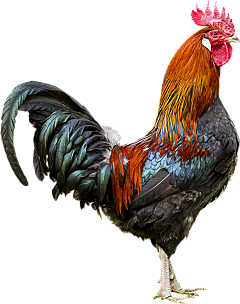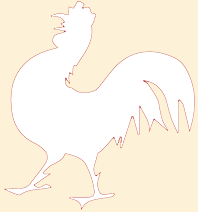
To the beds
South Tyrol's farmwomen let you in on their best tricks from the farm garden to help you get your garden in shape for spring,
South Tyrol's farmwomen let you in on their best tricks from the farm garden to help you get your garden in shape for spring,
When nature awakens from its winter slumbers in March, there are jobs waiting to be done in the farm garden. In spring this means turning over the soil, planting, sowing and watering. South Tyrol's farmwomen are proud of their gardens and tend them with diligence and care. And they have a few special tricks up their sleeves to make everything grow and thrive.

Tip 1: loosen the earth
After the frosty nights of winter, you should turn over the soil in your garden at least twice. The most useful helpers for this are earthworms. You can collect them when it rains and put them in your garden. After it is loosened, earth is aerated better and water can soak in more deeply. Besides this, plants can put down roots more easily.
After you've done this, weeds in the loose earth can be got rid of more easily, but remember that weeds can also be useful. They prevent newly planted beds drying out - so don't pull up weeds everywhere straightaway. "
Tip 2: observe the phases of the moon
It's worth following the lunar calendar when gardening so that you get healthier plants and a richer harvest. The moon dictates when exactly to plant and sow and choosing the right points in time has an effect on the growth of plants and their resistance towards weeds and pests. Root vegetables should be planted or sown when the moon is waning , while everything that grows towards the sun should be planted or sown while the moon is waxing."
Tip 3: protect young plants
As soon as consistently mild temperatures arrive in spring, planting the first root vegetables and lettuce plants and herbs may begin. The young plants should only be placed in warm earth and need frequent watering over the first few days. A layer of mesh protects plants from cold temperatures. However, with some plants you should wait until the 'ice saints' days are over. These occur before 15th May, bringing frosty nights with them. Some herbs, as well as courgettes, cucumbers, tomatoes and beans tend not to do well with frost. Sheep's wool is really effective in the garden. It doesn't just keep sensitive plants warm and moist, but is perfect as a sustainable fertiliser."
Tip 4: prune trees and hedges
It's not just gardens, but also fruit trees and hedges that need getting ready in spring. As soon as temperatures no longer drop below 0° C, it's pruning time. Cutting back vegetation promotes thicker, more uniform and healthier growth. Flowering shrubs may be pruned later - it depends on their flowering time. By mid-spring, the pruned hedges and trees have recovered well and can then grow shoots again. The pruned vegetation can be chopped up and spread over the roots as mulcher.









